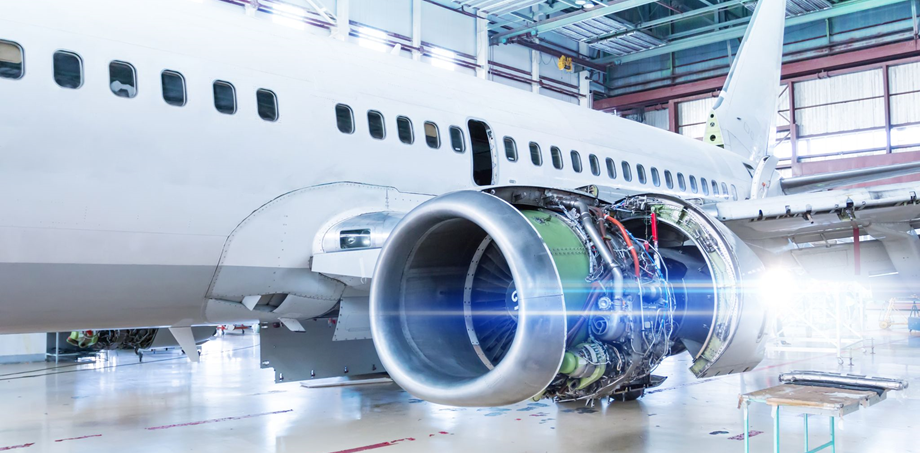Comment by Sofema Online (SOL) www.sofemaonline.com (Ref EASA – See Here) related to Maintenance Control Centre (MCC) Recurrent Defects Best Practices.
Introduction
Both accidents and high-risk occurrences have been linked to recurrent defects and technical faults in aircraft components and systems.
- These events were the result of repetitive defects that had not been properly resolved.
- Unresolved defects can lead to accidents or other high-risk occurrences.
- Steps should be taken by the CAMO to mitigate the potential exposure related to such defects.
o Correctly report and record defects in the technical logbook.
o Monitor, analyse and investigate recurrent faults through the defect control system.
o Establish clear policies and coordination between the CAMO, the maintenance organisation, and all personnel involved in any maintenance activity.
o Always follow the relevant maintenance and troubleshooting procedures provided by the Type Certificate Holder (TCH).
Examples of the Risk Posed by Recurrent Faults
Airbus A320 (PK-AXC) on 28 December 2014: (loss of life 162 persons)
The final report KNKT.14.12.29.04 issued by the Republic of Indonesia indicated that there were 23 occurrences related to the Rudder Trim Limiter Unit (RTLU) over the previous last 12 months. Of these, 10 were during the 30 days prior to the accident. The rectification of the defects was incomplete, always considered “closed” and noted “no further action required” – “computer reset”. The accident report cited unresolved repetitive faults as one of the contributing factors.
There was no policy of recording defect handling captured by the Centralised Fault Display System (CFDS) or printed Post Flight Report (PFR) – only recorded partial reports were done. None of the issues reported were identified as meeting the repetitive defect definition which would have triggered maintenance actions under the requirements of the Company Maintenance Manual (CMM). Additionally, the monthly reliability reports concerning the aircraft did not match the number of precursor events.
Airbus A319 (G-EZAG) on 15 September 2006:
The report EW/C2006/09/04 in this serious incident revealed that the Master Minimum Equipment List (MMEL) allowed dispatch with the main generator inoperative without consideration of any previous history of electrical system faults on the aircraft.
Moreover, the reporting identified that inadequate measures were taken for identifying Generator Control Units repeatedly rejected from service due to repetition of the same intermittent fault.
Maintenance Control Centre Best Practice – Repetitive Defects
A lack of control of repetitive defects can lead to hazardous situations. Many of these repetitive defects do not lead systematically to accidents on their own but may increase the risk that system failure could occur at a critical phase of flight.
There is a number of good practices that should be followed:
- Monitor, analyse, and investigate recurrent faults through the defect control system by the CAMO.
- The maintenance programme should pro-actively monitor reliability and interpret trends to help identify faults that might have an impact on safety.
- Check the setting of alert levels, in-service rejection rates, or recurrent faults and ensure that an effective investigation takes place to make sure corrective actions are taken.
- Temporary measures or troubleshooting, such as resetting computers or swapping components that only clear the fault temporarily should be avoided.
- Beware intermittent faults repeatedly signed off without maintenance actions or disregarded or deferred for later rectification – these could lead to a bigger problem in the future if not investigated and rectified effectively.
- Report faults correctly in the technical logbook and have a clear policy on the management of system faults identified by the aircraft On-board Maintenance System or readouts.
- Establish clear policies and coordination between the CAMO, the maintenance organisation, and all personnel involved in any maintenance activity.
- Take due consideration of instructions and information from the Type Certificate Holder (TCH) about the technical concern, such as Airworthiness Directives (ADs), Service Bulletins (SBs), etc.
- Components refitted with an EASA Form 1 or equivalent with insufficient troubleshooting and with no records of defects can be a common source of common faults. Do not re-introduce such equipment into the spares pool with no tracking of malfunctions or suspected defects through workshop reports.
- The organisational culture should support technical staff with the available resources for effective fault investigations and it should be ensured that operational policies help to manage repetitive recurrent defects on aircraft or components effectively.
Next Steps
Follow this link to our Library to find & Download related documents for Free.
Sofema Aviation Services (www.sassofia.com) and Sofema Online (www.sofemaonline.com) offer EASA Regulatory Compliant and Vocational Training across a range of Aviation Areas – if you want to know more about our services, please see our Websites or email us at Team@sassofia.com
Sofema Aviation Services provides a 3-day course to implement your own MCC – please See Here.
Tags:
Type Certificate Holder (TCH), Generator Control Units, Airbus A319, Company Maintenance Manual (CMM), Post Flight Report (PFR), Centralised Fault Display System (CFDS), Rudder Trim Limiter Unit (RTLU), Control system, Aircraft defects, High-Risk Occurrences, Recurrent Defects, Maintenance Control Centre (MCC), aviation safety, Aicraft Maintenance, Airbus A320, Aircraft components, aircraft systems, SAS blogs, Aviation Risk, Aircraft Maintenance Programme, EASA regulatory compliant, Aircraft Accidents, EASA, CAMO





